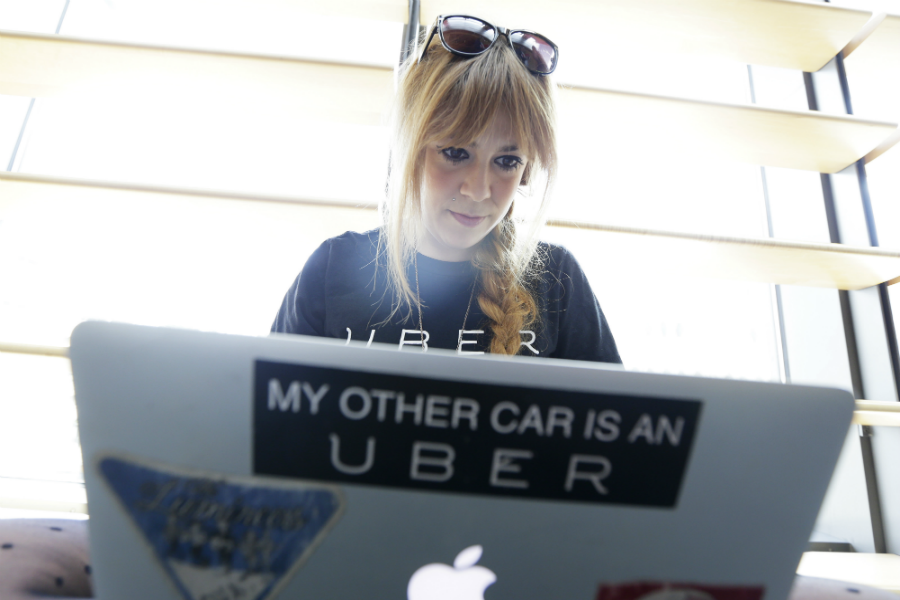Carpool ride-sharing apps are catching on
Loading...
Next week, the app-based ride-sharing service Lyft Line will launch in Washington, D.C., where competitor Uber has been offering its uberPool service since the end of October. The service offers commuters traveling in the same direction a cheaper way to travel, The Washington Post reports.
Lyft Line is available in seven cities around the world, including New York City; San Francisco; Los Angeles; Boston; and Austin, Texas, along with Paris and Bangalore, India. UberPool is available in all of those places, too.
In other words, carpool ride-sharing apps are hot right now.
Steve Taylor, general manager for Lyft operations in the Washington area, told the Post, “Obviously the idea of carpooling has been around for a long time, but companies have seen the opportunity to integrate it into their offerings.”
Uber saw that opportunity first. In an August 2014 blog post on the company website, Uber unveiled what they called a “simple” idea:
“With UberPool, you share a ride – and split the cost – with another person who just happens to be requesting a ride along a similar route. The beauty, though, is that you still get Uber-style on-demand convenience and reliability: just push the button like before and get a car in five minutes. When we find a match, we notify you of your co-rider’s first name.”
Lyft Line works just about the same way, except, upon booking a carpool, users are texted the Facebook profile picture of their co-rider(s).
The point of carpooling service is to reduce prices for passengers, while at the same time maximizing the efficiency of drivers. A 2014 MIT study showed carpooling services don't just save money, they also significantly reduce pollution and road congestion and travel time. And ride-hailing companies have built strong businesses on this promise. Uber was estimated to be worth up to $50 billion in March.
Lyft and Uber both boast that their carpool services account for about 50 percent of their trips in San Francisco. Industry officials expect this trend to continue, as sharing the back seat with someone unknown to users is projected to become standard, as getting rides from strangers in driver-owned vehicles has already.
Although there isn’t any reason to think hitchhiking will return – at least not in the classic, “thumbs-out” incarnation – the rise of the new ride-hailing options in the sharing economy might suggest people are less afraid of their neighbors.
“I think those barriers have now fallen and people are extremely comfortable with the idea of sharing rides not just with drivers but also with other passengers,” said Taylor, of Lyft, to the Post. “Part of the beauty behind ridesharing is that you get to share part of the day with a stranger.”





